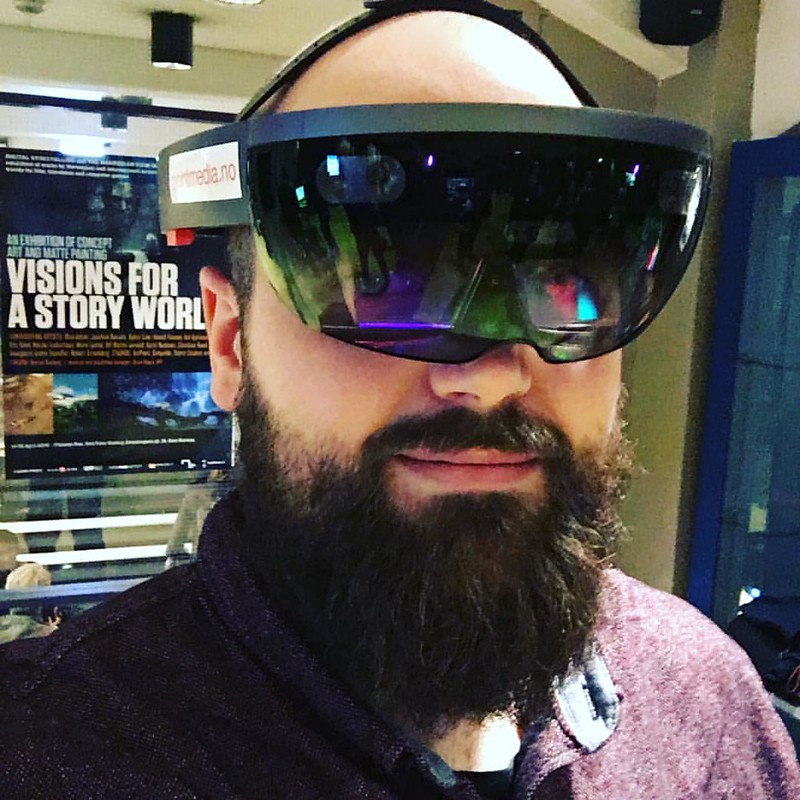Pornographers and social search
Can These Pornographers End ‘MILFs,’ ‘Teens,’ and ‘Thugs’? | The Nation – when I was working on social search and folksonomies at Yahoo! a decade ago, yet pornographers are now amongst the most active users of the technology. A few things about how the pornographers worlds have changed. At the centre of this is the change in the market. Back in the day adult media companies and performers had their own sites that they sold their content through. They were found via search and audience aggregation sites that had teaser content.
Then the tube sites came along and changed the game, the pornographers got pirated and mediated all at the same time. In order to get tube platform search to work for them, they had to embrace tagging, which revolved around the language that customers
Business
Haul For One: U-Haul Adapts & Reuses Abandoned Buildings | Urbanist – some of these are stunning for a modernist sucker like me
DARPA Funds Development of New Type of Processor | EE Times
Economics
China’s Operation Australia: payments, power and politicians | Sydney Morning Herald – surely its what you’d expect an intelligence agency to do. Not really surprising, except for the change in tonality from Australia about China
FMCG
Chinese consumerism will reshape the world, and maybe even destroy it — Quartz – anything to do with China is the speed at which all this has occurred. What would the outcomes of that speed be? People wouldn’t have as many brand associations. Those brand associations would have built up in relatively short amount of time, as opposed to [being] handed down intergenerationally. Because of that speed, the amount of anxiety about having the right brand would be greater in that environment than in a place where this is unfolding slowly. Interesting also that Gerth talks about the right (communist) brands under Mao when people wanted a bike, a sewing machine and a wrist watch. I would also argue that there was latent knowledge of brands from pre-revolutionary times in older people based in Shanghai or historic brands like Tongrentang (TRT) founded in 1669
Innovation
WWII vehicle boneyards were essentially war machine landfills | Mashable – Americans were so eager to get their hands on cheap surplus Jeeps that auto companies urged the government to leave them overseas, fearing they would cut into new car sales.
I, Cringely The Robots are Coming! – I, Cringely – interesting read, but one that poses as much challenges as solutions
Marketing
What influencer marketing really costs – Digiday – interesting ranges in here
Apple launches Business Chat for iMessage in developer preview | VentureBeat – looks like they have been taking a lesson or two from WeChat. I had seen Salesforce integration with iMessage and iChat demo-ed at one of the Cloudforce conference
An aversion to logos could be Essential’s undoing | total telecom – its even more ridiculous that Essential actually have a logo that evokes Paul Rand and Saul Bass
Media
The One Big Reason Why BuzzFeed Needs TV – Bloomberg – so much for the online media business…. old media is the new sexy
Apple’s new anti-tracking system will make Google and Facebook even more powerful – The Verge – a more marginal improvement than you’d think
The Telegraph to publish daily edition on Snapchat – from 5pm today – I wonder what the monetisation model looks like?
Entertainment Accounts Closed as Party Emphasizes News Control | China Digital Times – China clamping down on celebrity scandal accounts as well as accounts that would be disruptive to government
Pathology of a Fake News Story – Thoughts On Journalism – Medium
Facebook study shows what TV viewers are doing during commercial breaks | silicon beat
Online
Pinboard Blog – Pinboard acquires del.icio.us – a certain amount of irony in this which I’ll write about another time
Security
Russian malware link hid in a comment on Britney Spears’ Instagram | Engadget – really canny technique
Software
Apple is finally serious about artificial intelligence | Quartz – i’d disagree with the headline, but it has a good overview of the AI development pieces from Apple’s keynote
Apple Just Joined Tech’s Great Race to Democratize AI | WIRED
Why Apple is struggling to become an artificial-intelligence powerhouse – The Washington Post – Washington Post was bought by Jeff Bezos
Technology
Tom Oberheim On The Art Of Synthesizer Design | Synthtopia – amazing interview with Tom Oberheim on how he got into synthesiser design and talks about his products
Andy Rubin’s new company already got screwed by Apple – BGR – Although Apple didn’t object to the investment, SoftBank didn’t want the conflict to happen
Car Fact Of The Day | Marginal Revolution – Huge increase in complexity in cars
Google vs. Uber: How One Engineer Sparked a War – WSJ – interesting write up of Andrew Levandowski’s role in it. I didn’t realise he was Belgian and its interesting how Google Street View helped birth its autonomous car project
Telecoms
Network Time Protocol Hardened To Protect Users From Spying, Increase Privacy – Slashdot
Web of no web
Japan puts up satellite in step to build homegrown GPS- Nikkei Asian Review – Quasi-zenith devices to allow location data accurate to 6cm
Listen and create ambient sounds easily – Ambient Mixer – great for sounds to work by
